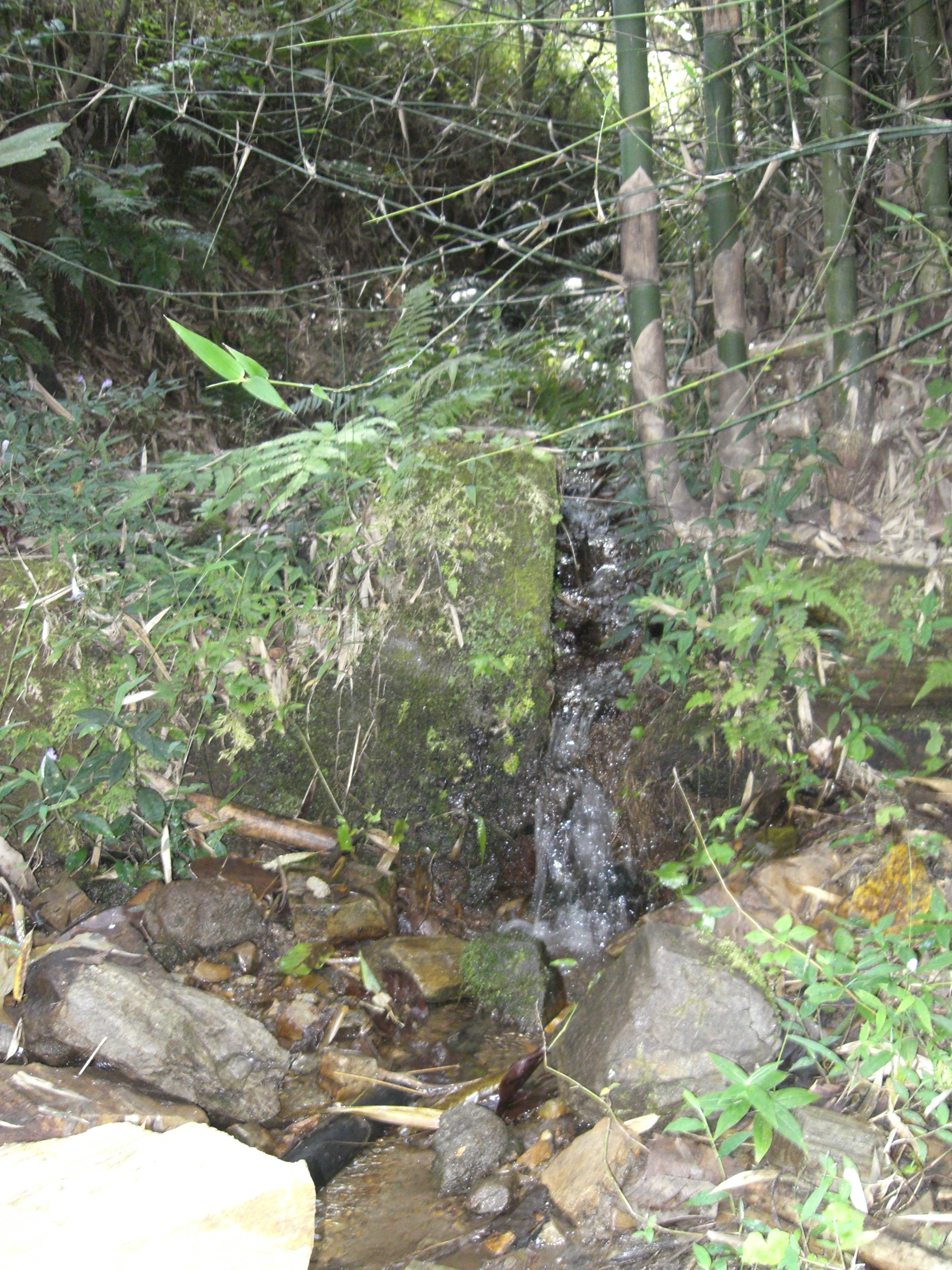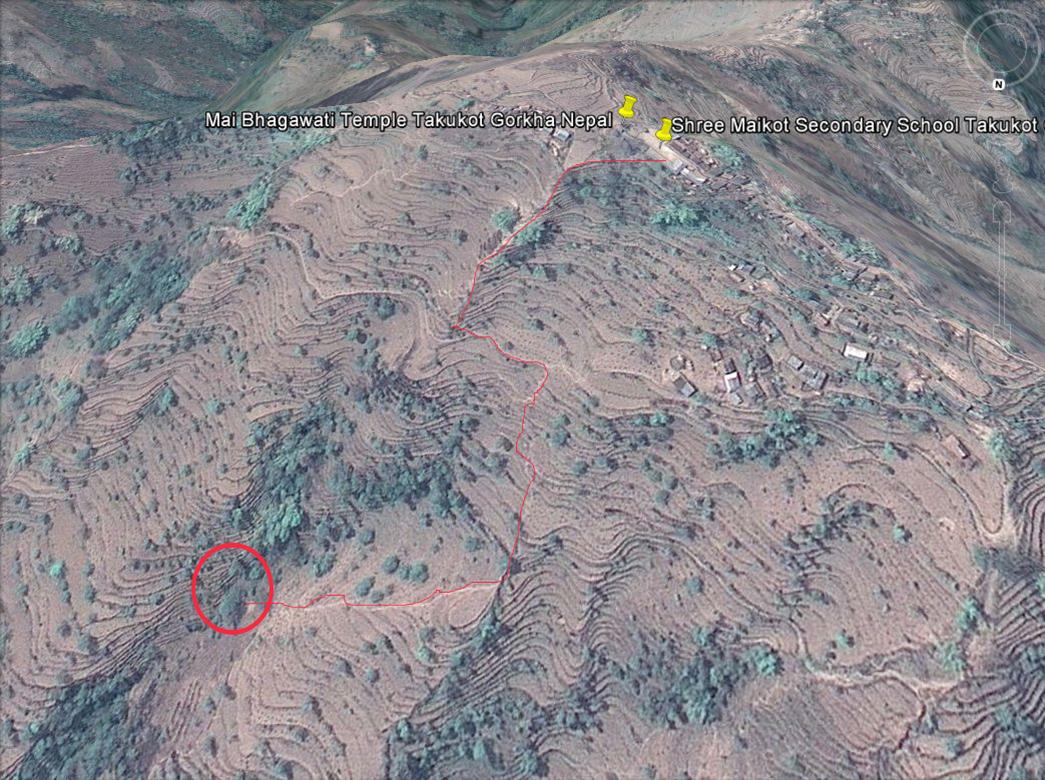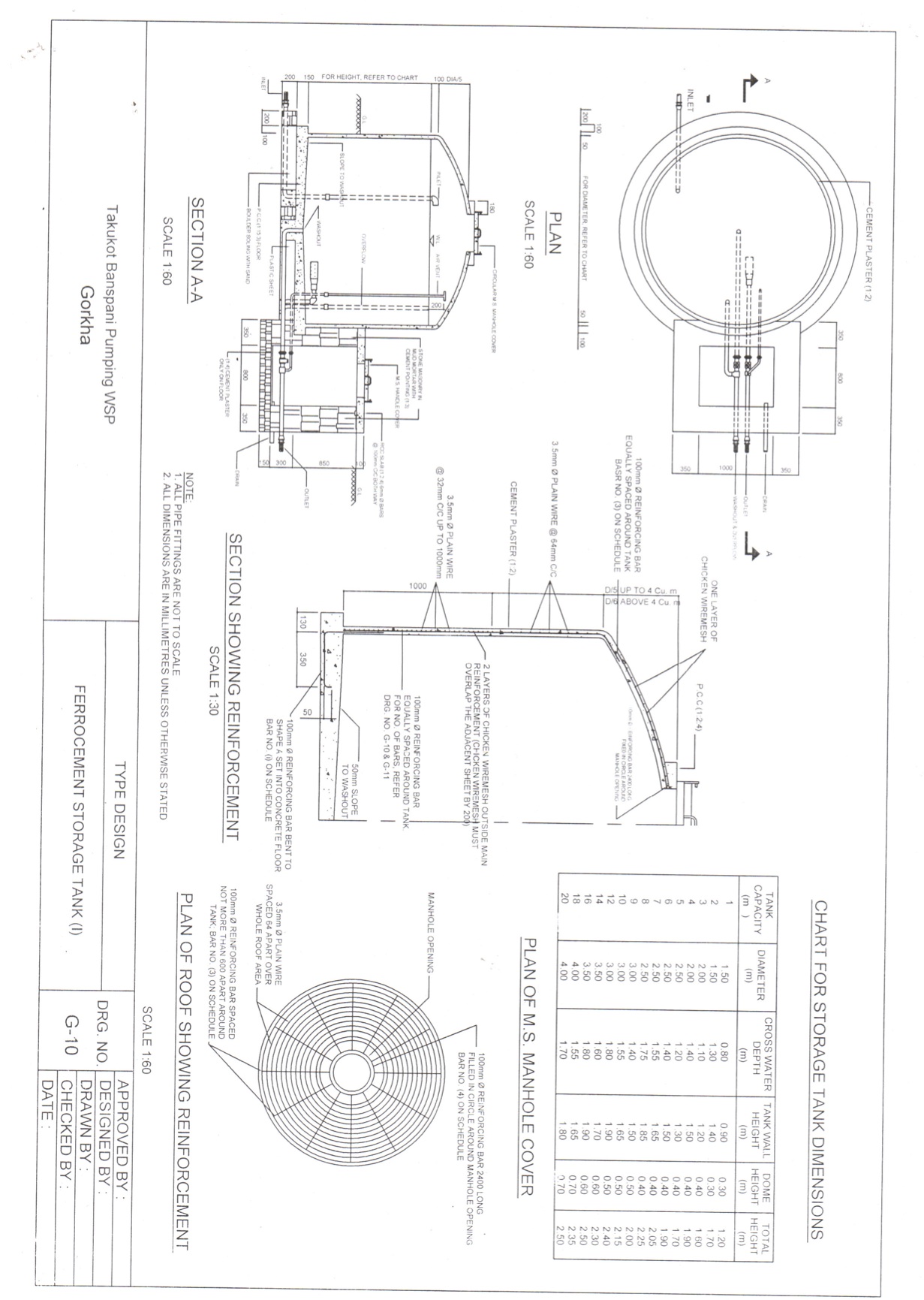Revision history [back]
Protecting from Water borne diseases. Nepal
We are raising money for the provision of a water system to a village in Nepal and would like advise on ensuring safety from water borne diseases,
We are a group of Rotary clubs in North West UK .
The project involves the piping of water from an existing natural well to a tank at the top of the hill from whence it will supply the toilets and sinks of a school and the village.
We would like advise on how we can ensure the water can be made germ free or, on how the users should be trained to avoid the various chemical and biological risks which may be inherent in the supply and its storage.
We wondered if you could help us with your experience in such matters.
 |
2 |
No.2 Revision
|
|
Protecting from Water borne diseases. Nepal
We are raising money for the provision of a water system to a village in Nepal and would like
advise on ensuring safety from water borne diseases,
We are a group of Rotary clubs in North West UK .
The project involves the piping of water from an existing natural well to a tank at the top of the hill from whence it will supply the toilets and sinks of a school and the village.
We would like advise on how we can ensure the water can be made germ free or, on how the users should be trained to avoid the various chemical and biological risks which may be inherent in the supply and its storage.
We wondered if you could help us with your experience in such matters.
 |
3 |
No.3 Revision
|
|
Protecting from Water borne
diseases. Nepal
diseases
We are raising money for the provision of a water system to a village in Nepal and would like advise on ensuring safety from water borne diseases,
The project involves the piping of water from an existing natural well to a tank at the top of the hill from whence it will supply the toilets and sinks of a school and the village.
We would like advise on how we can ensure the water can be made germ free or, on how the users should be trained to avoid the various chemical and biological risks which may be inherent in the supply and its storage.
We wondered if you could help us with your experience in such matters.
 |
4 |
No.4 Revision
|
|
Protecting from Water borne diseases
We are raising money for the provision of a water system to a village in Nepal and would like advise on ensuring safety from water borne diseases,
The project involves the piping of water from an existing natural well to a tank at the top of the hill from whence it will supply the toilets and sinks of a school and the village.
We would like advise on how we can ensure the water can be made germ free or, on how the users should be trained to avoid the various chemical and biological risks which may be inherent in the supply and its storage.
We wondered if you could help us with your experience in such matters.
* Update *
I have attached:
-Drawing of the pumphouse to be built
-Drawing of the storage tank The spring used for water
-Google earth photo showing path from the pumps to the storage tank at the school.
Note that the water is obtained from a spring not a well. Villagers use this spring at the moment and tell me that water quality is good for them to drink after allowing water to settle in the carrying vessel. The plan is to store rainwater from roofs in a separate tank to supply toilets (although not in dry season).
The main issue I have is the possibility of bacterial growth in the holding tank contaminating the drinking water for the whole village and school.
Regards
George
Image 1:

Image 2:

Posted on behalf of George and Barbara by Pauline at REDR .
 |
5 |
No.5 Revision
|
|
Protecting from Water borne diseases
We are raising money for the provision of a water system to a village in Nepal and would like advise on ensuring safety from water borne diseases,
The project involves the piping of water from an existing natural well to a tank at the top of the hill from whence it will supply the toilets and sinks of a school and the village.
We would like advise on how we can ensure the water can be made germ free or, on how the users should be trained to avoid the various chemical and biological risks which may be inherent in the supply and its storage.
We wondered if you could help us with your experience in such matters.
* Update *
I have attached:
-Drawing of the pumphouse to be built
-Drawing of the storage tank The spring used for water
-Google earth photo showing path from the pumps to the storage tank at the school.
Note that the water is obtained from a spring not a well. Villagers use this spring at the moment and tell me that water quality is good for them to drink after allowing water to settle in the carrying vessel. The plan is to store rainwater from roofs in a separate tank to supply toilets (although not in dry season).
The main issue I have is the possibility of bacterial growth in the holding tank contaminating the drinking water for the whole village and school.
Regards
George
Image 1:

Image 2:

Plan page 1:

Plan page 2:

As PDFs:
Posted on behalf of George and Barbara by Pauline at REDR .
 |
6 |
No.6 Revision
|
|
Protecting from Water borne diseases
How to ensure protection from water-borne diseases in new water system?
We are raising money for the provision of a water system to a village in Nepal and would like advise on ensuring safety from water borne diseases,
The project involves the piping of water from an existing natural well to a tank at the top of the hill from whence it will supply the toilets and sinks of a school and the village.
We would like advise on how we can ensure the water can be made germ free or, on how the users should be trained to avoid the various chemical and biological risks which may be inherent in the supply and its storage.
We wondered if you could help us with your experience in such matters.
* Update *
I have attached:
-Drawing of the pumphouse to be built
-Drawing of the storage tank The spring used for water
-Google earth photo showing path from the pumps to the storage tank at the school.
Note that the water is obtained from a spring not a well. Villagers use this spring at the moment and tell me that water quality is good for them to drink after allowing water to settle in the carrying vessel. The plan is to store rainwater from roofs in a separate tank to supply toilets (although not in dry season).
The main issue I have is the possibility of bacterial growth in the holding tank contaminating the drinking water for the whole village and school.
Regards
George
Image 1:

Image 2:

Plan page 1:

Plan page 2:

As PDFs:
Posted on behalf of George and Barbara by Pauline at REDR .
 |
7 |
retagged
|
|
How to ensure protection from water-borne diseases in new water system?
We are raising money for the provision of a water system to a village in Nepal and would like advise on ensuring safety from water borne diseases,
The project involves the piping of water from an existing natural well to a tank at the top of the hill from whence it will supply the toilets and sinks of a school and the village.
We would like advise on how we can ensure the water can be made germ free or, on how the users should be trained to avoid the various chemical and biological risks which may be inherent in the supply and its storage.
We wondered if you could help us with your experience in such matters.
* Update *
I have attached:
-Drawing of the pumphouse to be built
-Drawing of the storage tank The spring used for water
-Google earth photo showing path from the pumps to the storage tank at the school.
Note that the water is obtained from a spring not a well. Villagers use this spring at the moment and tell me that water quality is good for them to drink after allowing water to settle in the carrying vessel. The plan is to store rainwater from roofs in a separate tank to supply toilets (although not in dry season).
The main issue I have is the possibility of bacterial growth in the holding tank contaminating the drinking water for the whole village and school.
Regards
George
Image 1:

Image 2:

Plan page 1:

Plan page 2:

As PDFs:
Posted on behalf of George and Barbara by Pauline at REDR .







